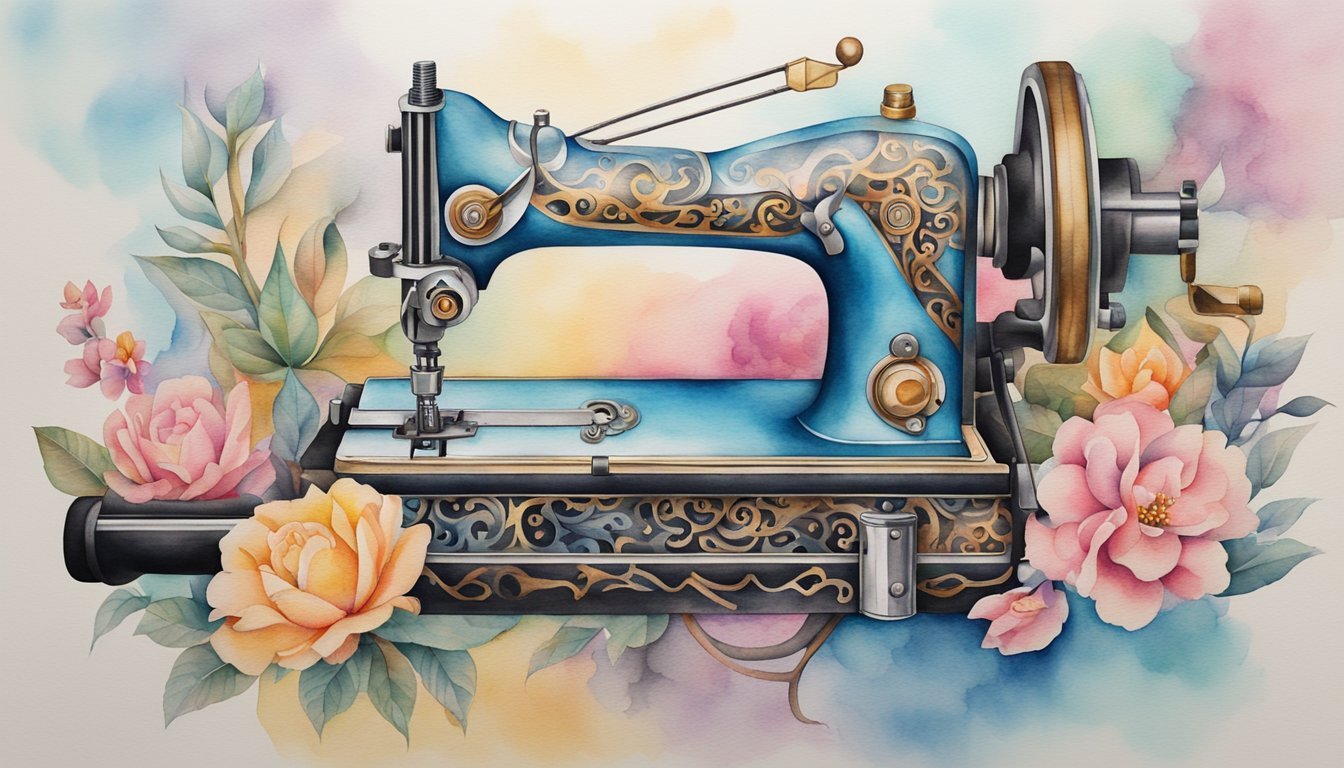Origins and Early History of Tattoos
The art of tattooing can be traced back thousands of years, serving as a reflection of culture and an advancement in human creativity. From tools to techniques, the journey of tattooing is a rich tapestry woven through history.
Ancient Practices Across the World
Tattooing has been a human practice since prehistoric times. Ötzi the Iceman, dating back to around 3300 BCE, is one of the earliest tattooed human mummies discovered, bearing 61 tattoos across his body. In regions like Siberia, mummies with tattoos have been found, illustrating that the practice was widely distributed geographically. Polynesia is also famously known for its tattoos, with the word “tattoo” likely originating from the Samoan word “tatau,” highlighting the significance of tattooing in their culture.
Significance in Ancient Cultures
Across ancient cultures, tattoos often held spiritual and social significance. For ancient Egyptians, tattoos found on female mummies suggest a therapeutic or a protective role in women’s health. In ancient Greece and Rome, tattoos served as marks of punishment or status. Conversely, the Scythians displayed ornate body tattoos that likely symbolized their identity and achievements. In Polynesian culture, tattoos have been deeply integrated into societal status and rites of passage.
Technological Developments in Tattooing
The technology and methods used in ancient tattooing varied from region to region. Early techniques included the use of bone, wood, or bronze needles. In ancient Rome, tattooing instruments resembling slender bronze pens were probably employed. The essential element of tattooing, ink, was created using various organic materials such as soot or ash, which were mixed with liquids to form the pigment. Over time, the craft of tattooing evolved with technology, culminating in the invention of the first electric tattoo machine in the late 19th century, significantly revolutionizing the art form.
Discover more about the history of tattooing practices across cultures and delve into the significance of tattoos in ancient cultures on a deeper level. Explore the intricate ancient art of tattooing and learn about the technological advancements in tattooing, which shaped the modern practice of this ancient form of expression.
Cultural Expansion and Modern Tattooing

From the application of traditional symbols to a form of personal expression, the realm of tattooing has expanded through different cultures and technologies, turning into a diverse tapestry reflecting society’s evolving attitudes.
Tattooing in Maritime Traditions
Maritime societies have contributed greatly to the spread of tattooing. Sailors from Europe and America voyaged to regions like the South Pacific and brought back tattoos as souvenirs. Such traditions were documented in The Worldwide History of Tattoos by Smithsonian Magazine. Tattoos held symbolic meanings related to sea voyages, with designs like anchors and ships signifying maritime experience. In the 20th century, sailors and soldiers played key roles in introducing tattoo culture to new demographics back home.
Inclusivity and Diversity in Tattoo Art
Throughout the 20th century, celebrities and mainstream society increasingly embraced tattoos. Icons like Janis Joplin popularized tattooing among women, prompting a shift in societal norms. Tattoos in New York City evolved from symbols of rebellion to fashionable statements. Today, transcending gender and social boundaries, tattoo art celebrates inclusivity with diverse designs ranging from traditional indigenous patterns to modern abstract art.
Modern Innovations in Tattoo Techniques
Advances in tattooing techniques have significantly transformed the art form. The invention of the electric tattoo machine, inspired by a device created by Thomas Edison, allowed for greater precision and complexity in designs. Nowadays, artists use cutting-edge technology to create intricate pieces, such as flawlessly shaded flowers or detailed dragons, showcasing an evolution from traditional methods to high-tech tattooing.

